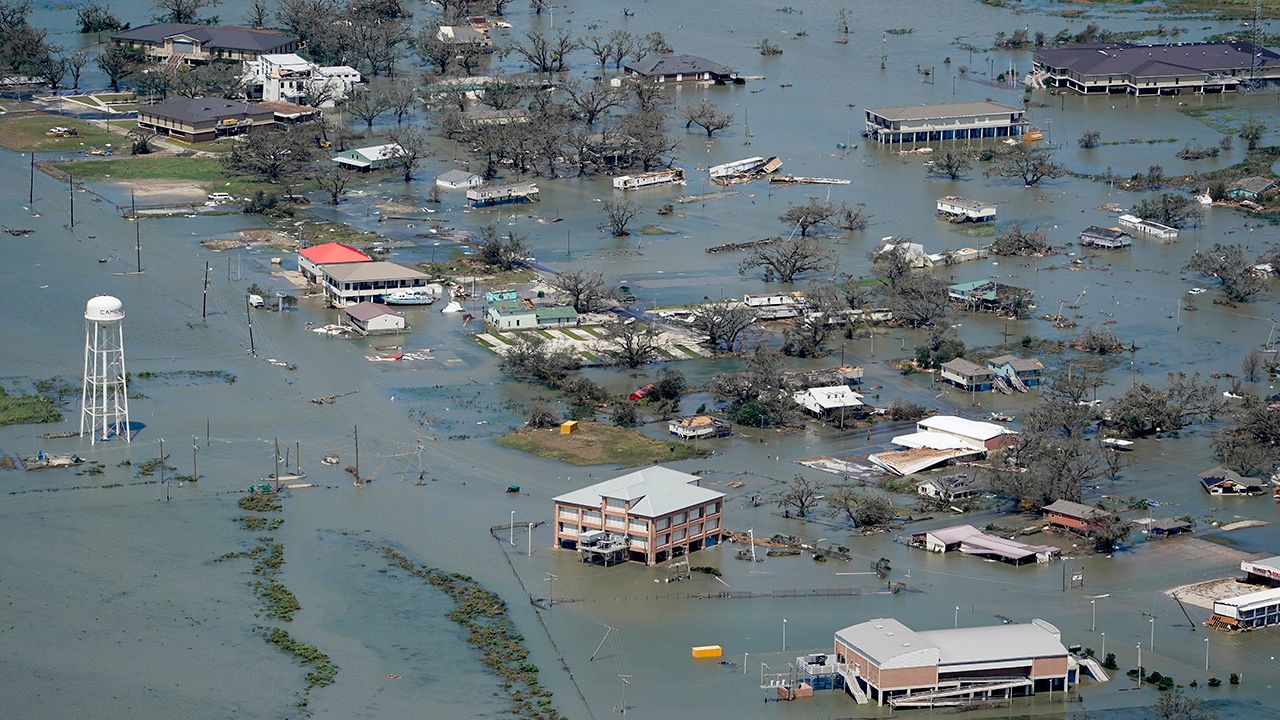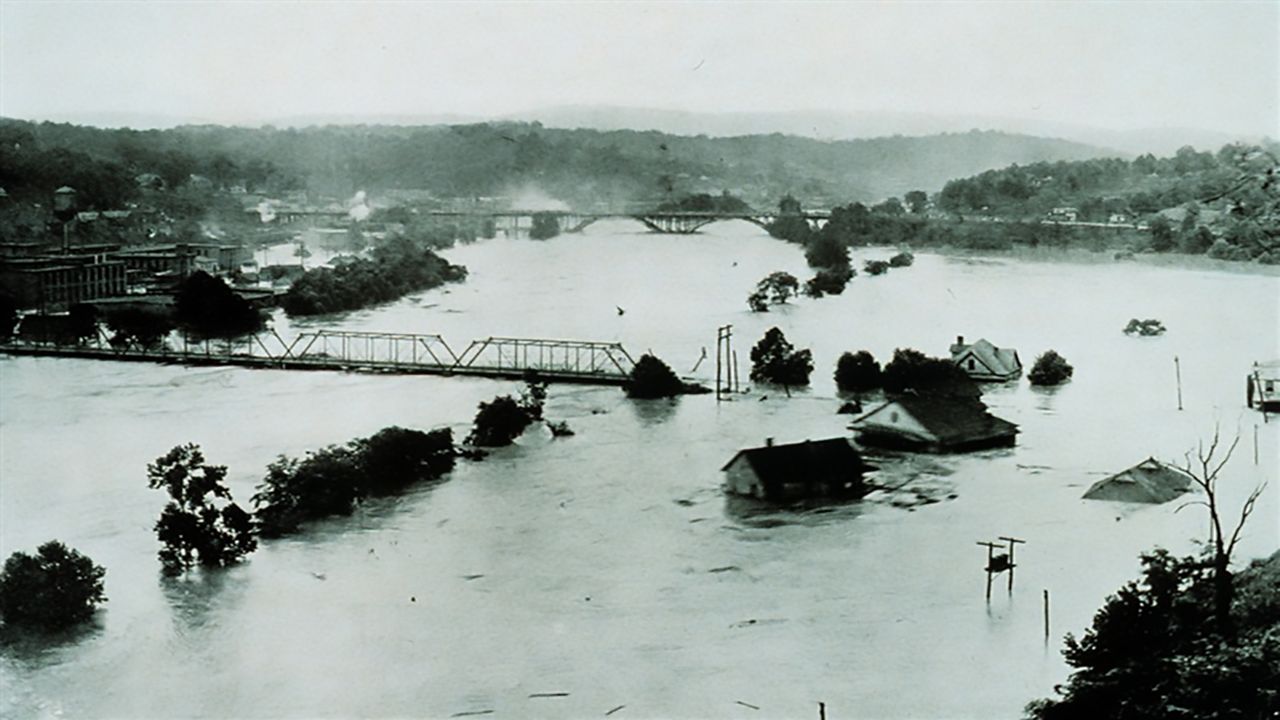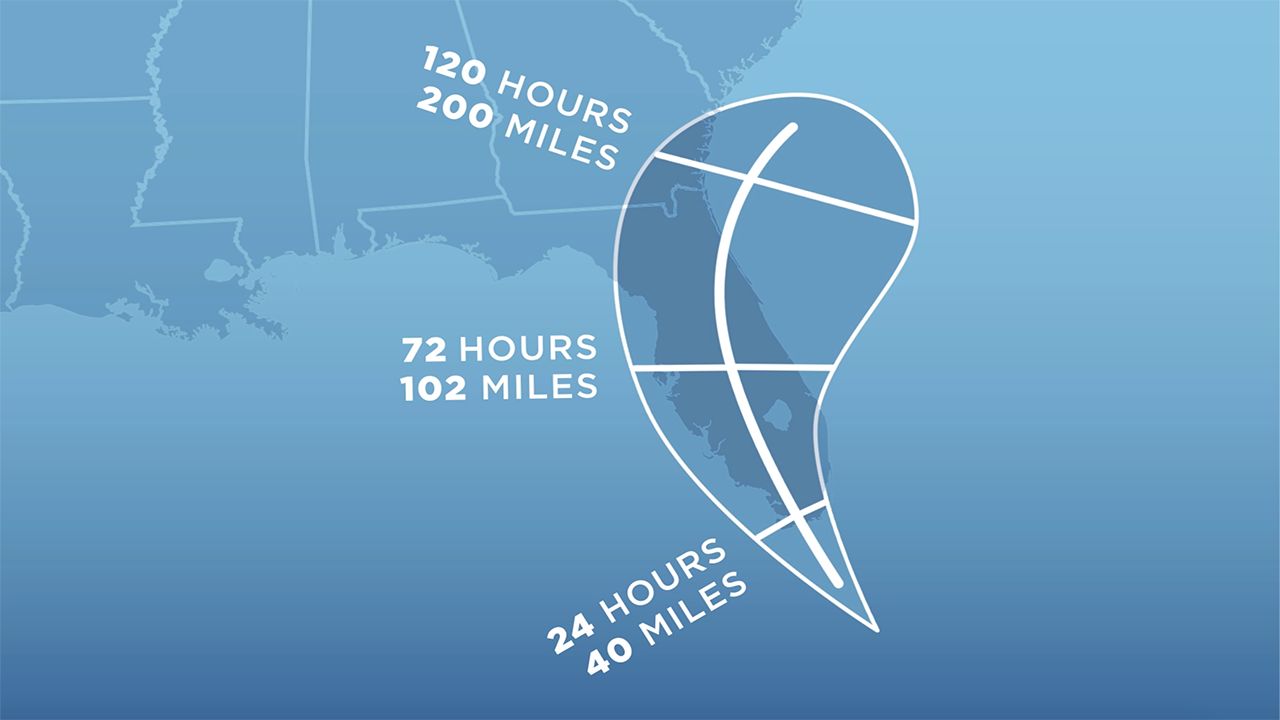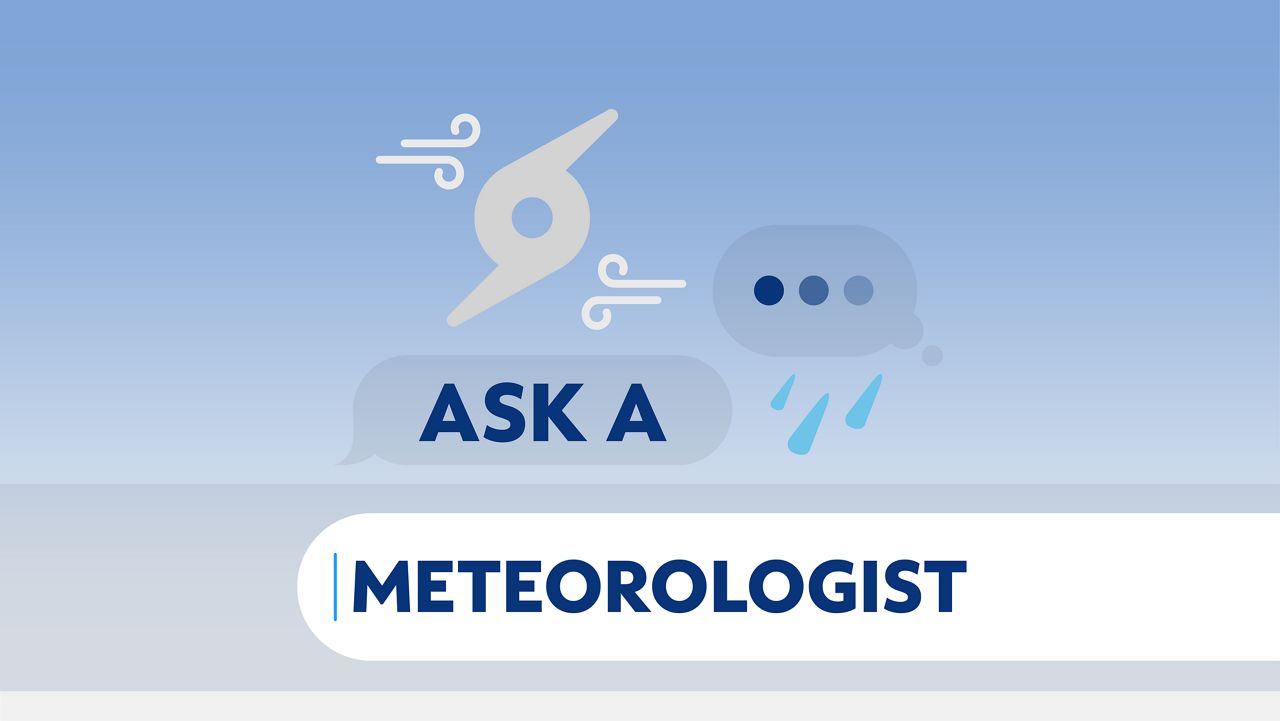Windstorm events like hurricanes, tornadoes and derechos have caused serious damage across the United States.
Now, a facility, a size of a football field is in the works at Florida International University’s Extreme Events Institute to forecast the impact of natural disasters.
From hurricane-force winds to storm surge, the institute just got a $12.8M grant to build it and study these hazards.
FIU will use the grant money from the National Science Foundation (NSF) to build a National Full-Scale Testing Infrastructure for Community Hardening in Extreme Wind, Surge and Wave Events (NICHE) facility.
According to NOAA, damage from tropical storms between 1980 and 2021 has cost the U.S. over $1.1 trillion total, with an average cost of $20.5 billion per event.
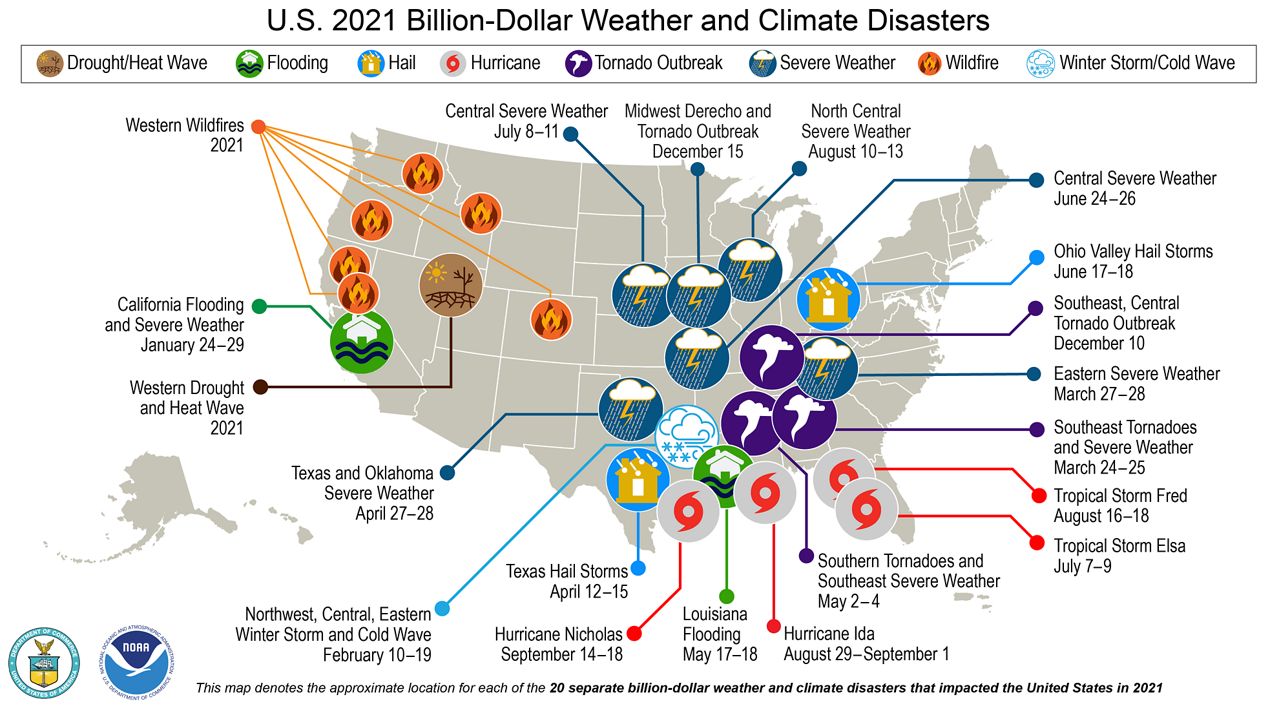
NICHE aims to improve disaster response during windstorm events and guidance on weatherproofing infrastructure. Plus, it will zero in coastal populations along the Atlantic and Gulf coasts.
“The longer-term goal is to create a unique, national, multi-user, full-scale facility to enhance our knowledge on and reduce the impacts of extreme windstorm events,” said Dr. Ioannis Zisis, the Co-Director of the Wind Engineering Research at FIU.
Dr. Zisis told Spectrum Networks that the facility will help engineers address the impact of storm risks on residential homes, buildings, bridges and much more.
While the home base of the facility is at FIU, nine other universities are involved in the project, including Stanford University, Colorado State University and Georgia Institute of Technology, just to name a few.
FIU’s new extreme weather facility is also being called the “Cat 6” project, because it will test homes and other structures to winds of 200 mph and storm surge of 20 feet.
However, the project will have no effect on the Saffir-Simpson Hurricane Wind Scale. FIU has the Wall of Wind (WOW), which already test winds speeds of a Category 5 hurricane (157 mph and higher).
“It is not to the interest of the NICHE team to work on definitions related to the Saffir-Simpson Scale,” said Dr. Zisis.
The “Cat 6” project is only interested in the studying the effects of extreme wind events on structures.
So, how is the new facility going to mimic an extreme weather disaster?
“The design phase will include computational simulations, field observations and physical experimentation through a constructed prototype test bed the size of a football field, including fans generating wind speeds in the range of 180-200 mph and a wave basin to simulate surge and wave action,” said Dr. Zisis.
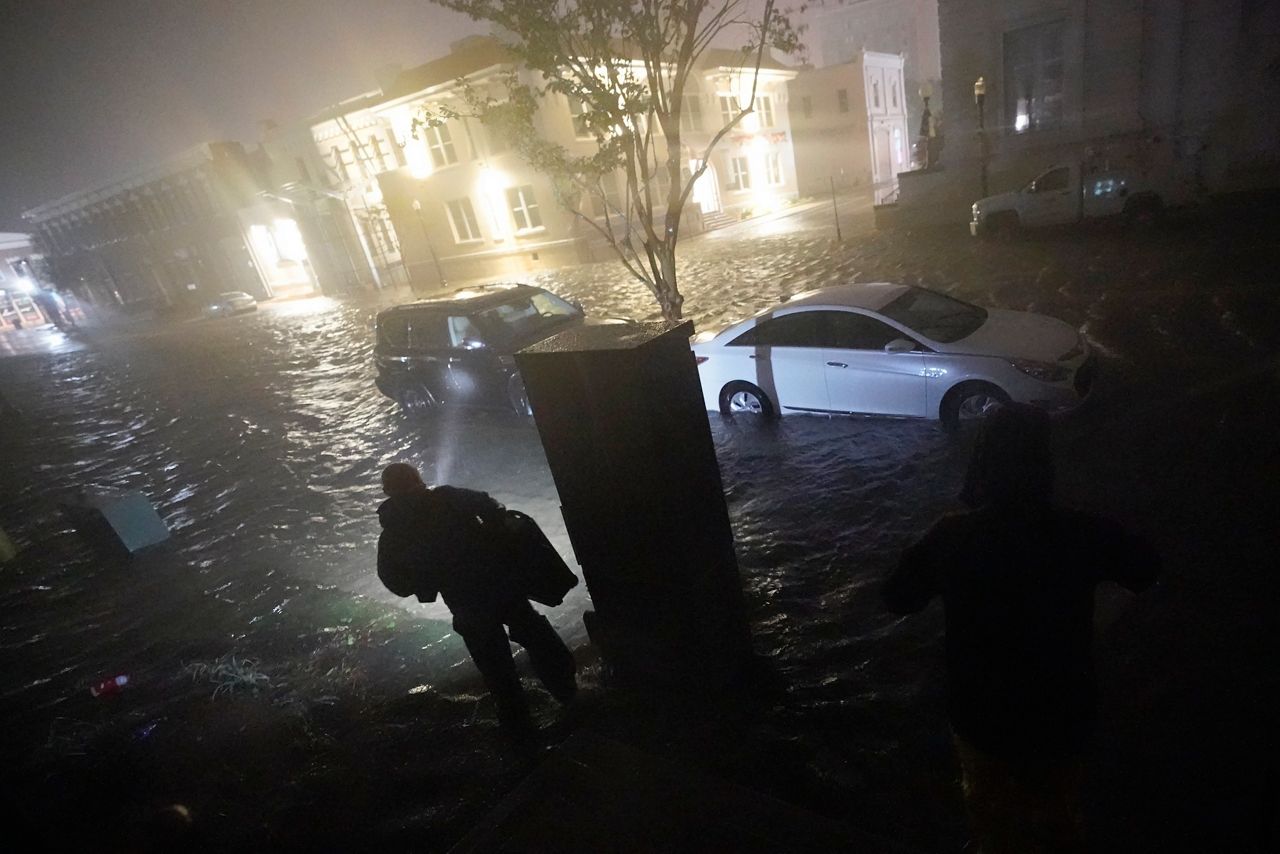
FIU says it will take four years to construct before they test the impact of windstorm events.
Plus, the simulator will also include full-scale low-rise buildings, water and electricity distribution systems, roads and bridges too.
The idea of NICHE all started because of the devastating damage from windstorm events, in particular hurricanes.
The National Hurricane Center told us, the “damage from tropical storms and hurricanes is doubling in the United States every 20-30 years.”
Dennis Feltgen, a meteorologist and NHC’s Communications and Public Affairs Officer, also says the “need for improving lead times and forecast accuracy has never been greater” because of growing coastal populations and complicated evacuation protocols.
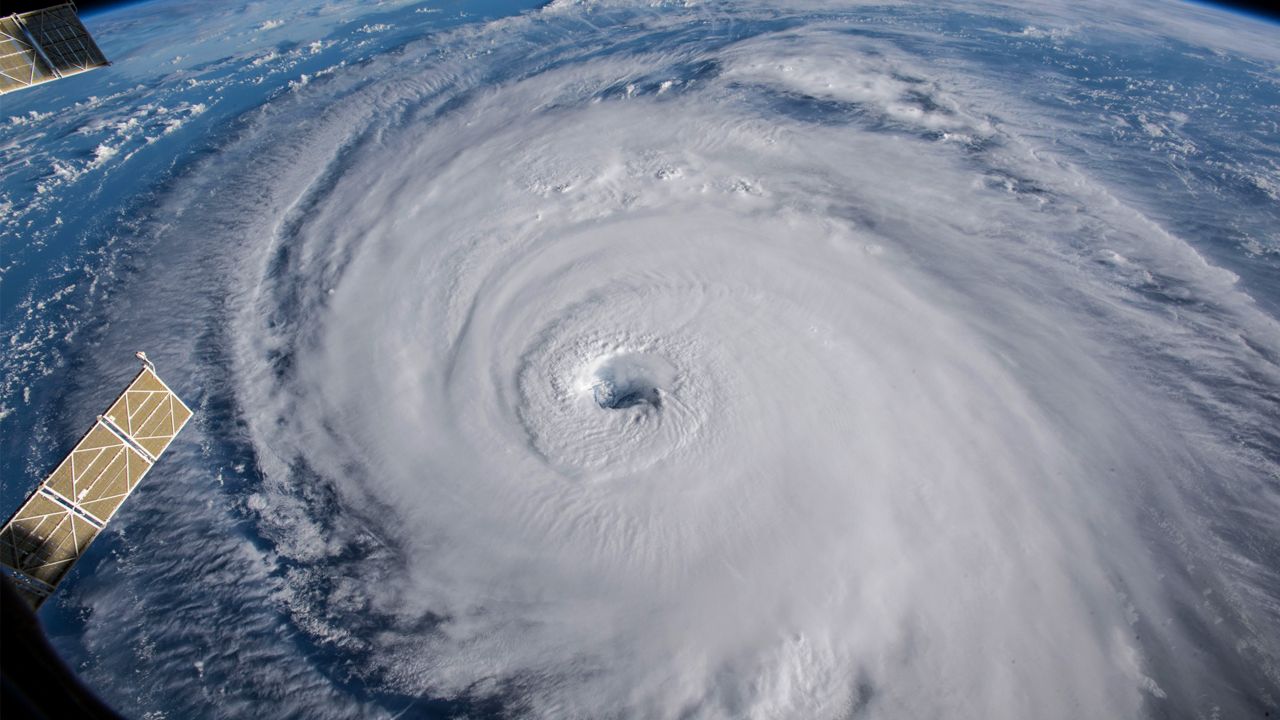
NHC is working on ways to improve hurricane forecast accuracy from approving projects aimed at increasing lead time, decreasing the areas under warnings and improving overall risk communication.
Bay News 9 meteorologist Mike Clay in Tampa has tracked hurricanes for more than two decades and added this perspective on forecasting the impact of hurricanes.
He says, the NHC does “a good job in adding Storm Surge Warnings to areas that may not get high winds. But so far, the Storm Surge Warnings around here have been 50/50 at best.”
Clay also says, "we are seeing more weak tropical storms being named. A huge number of tropical storms have been short with low ACE (accumulated cyclone energy) in the last several years. As long as they keep naming everything over the whole basin, I don’t see us ever getting back to some of those seasons we’ve seen in the past with very low numbers of named storms."
This year, NOAA’s Office of Oceanic and Atmospheric Research (OAR) launched a partnership with the new William M. Lapenta Lab and Hurricane and Ocean Testbed (HOT) to improve operational forecasts.
Feltgen says no matter how many storms occur in a hurricane season, if “one storm hits your location, it’s a bad season.”
FIU hopes NICHE could have the same impact their WOW project had.
Through their research, WOW has improved the building codes in Florida and contributed to the better design of structures against extreme wind events.
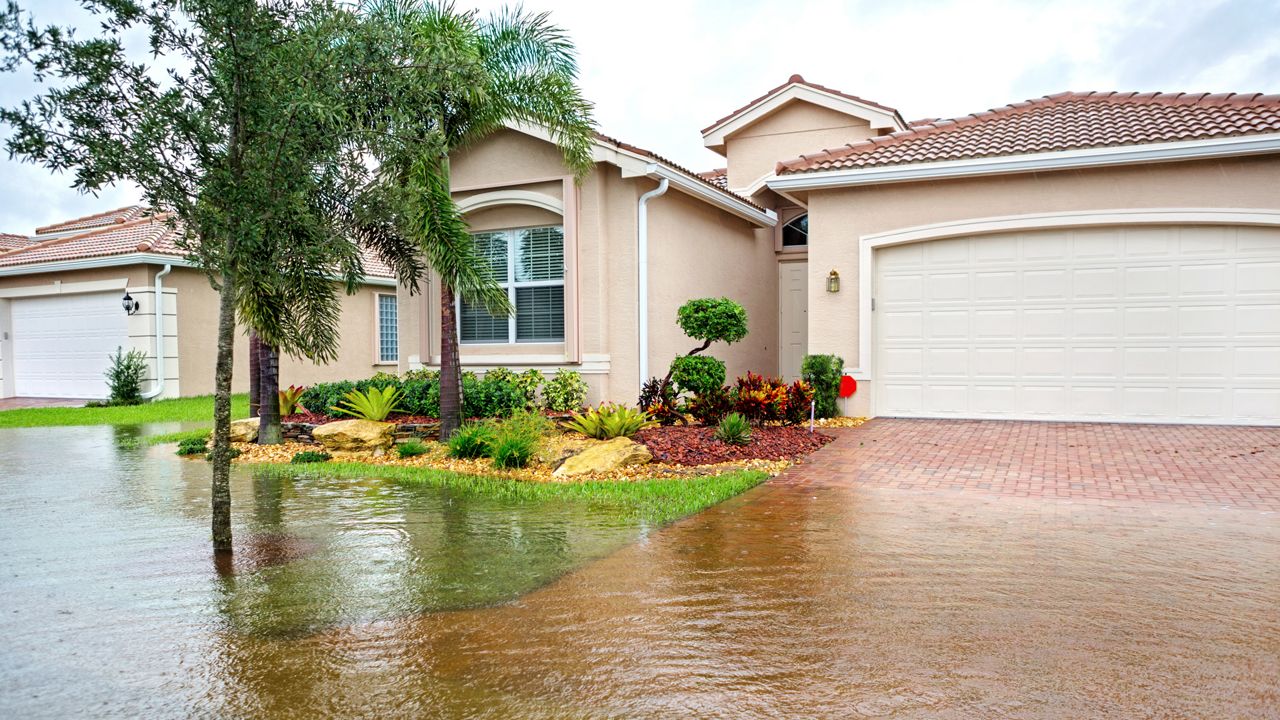
While NICHE and WOW are separate entities, Dr. Zisis told us the research from both will help “achieve the ultimate goal of resilient communities and infrastructure systems.”
Keith Bryant - Senior Digital Weather Producer
Keith Bryant is a meteorologist and Senior Digital Weather Producer for Spectrum News. He graduated from San José State University and Mississippi State University with degrees in Broadcast Journalism and Operational Meteorology. He started his career as a news producer working in various markets. After 6 years of TV news, he’s excited to inform the public on the latest weather news for Spectrum.





